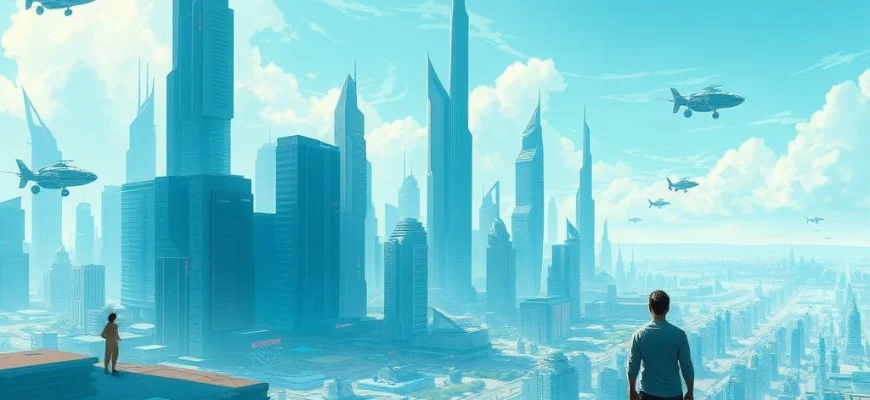If you're a fan of the visionary 1936 film 'Things to Come' and its blend of science fiction, social commentary, and futuristic storytelling, you'll love this curated list of 10 similar movies and shows. Whether you're drawn to its speculative themes, grand scale, or thought-provoking narrative, these recommendations will satisfy your craving for more cinematic explorations of humanity's future.
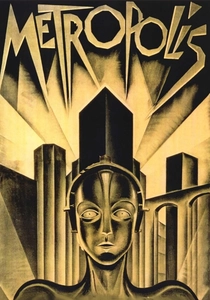
Metropolis (1927)
Description: A silent film that explores themes of industrialization, class struggle, and the role of technology in society, set in a futuristic urban dystopia.
Fact: One of the most expensive films of its time, costing around 5 million Reichsmarks. The film's visual style has influenced countless science fiction works.
 Watch Now
Watch Now 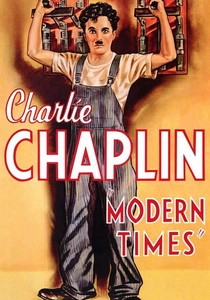
Modern Times (1936)
Description: A satirical take on the dehumanizing effects of industrialization and automation, blending comedy with social commentary.
Fact: This was Charlie Chaplin's last silent film, despite the advent of sound in cinema. The film features the iconic scene of Chaplin being swallowed by machinery.
 Watch Now
Watch Now 
The Shape of Things to Come (1979)
Description: A science fiction film that delves into futuristic societies, technological advancements, and the consequences of human progress.
Fact: Based on a novel by H.G. Wells, the film was originally intended to be a much larger production but was scaled down due to budget constraints.
 Watch Now
Watch Now 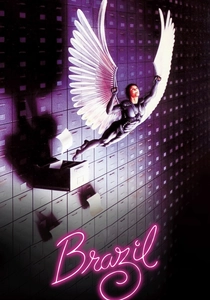
Brazil (1985)
Description: A dystopian black comedy that critiques bureaucracy, totalitarianism, and the loss of individuality in a highly controlled society.
Fact: The film's title is derived from the song 'Brazil,' which serves as a recurring motif. The production faced significant studio interference, leading to multiple cuts of the film.
 Watch Now
Watch Now 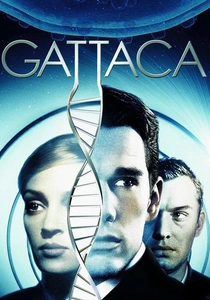
Gattaca (1997)
Description: A thought-provoking exploration of genetic engineering, discrimination, and the human spirit's resilience in a society obsessed with perfection.
Fact: The film's title is a play on the letters G, A, T, and C, which represent the nucleotides of DNA. It was a box office disappointment but has since gained a cult following.
 Watch Now
Watch Now 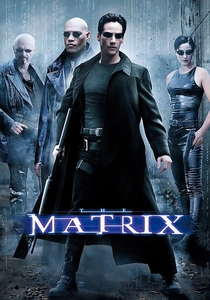
The Matrix (1999)
Description: A groundbreaking sci-fi action film that questions reality, free will, and the nature of human existence within a simulated world.
Fact: The film's iconic 'bullet time' effect revolutionized action cinematography. It draws heavily from philosophical concepts, particularly the idea of the 'brain in a vat.'
 Watch Now
Watch Now 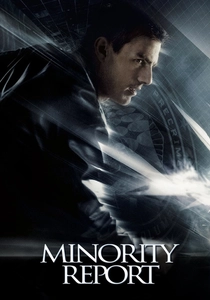
Minority Report (2002)
Description: A futuristic thriller that examines themes of predestination, surveillance, and the ethical dilemmas of crime prevention technology.
Fact: The film's production involved consultations with real scientists and technologists to create a believable future. The gesture-based interface used in the film inspired real-world technology developments.
 Watch Now
Watch Now 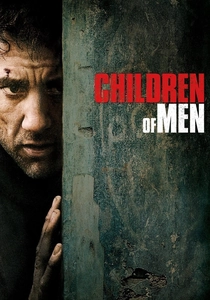
Children of Men (2006)
Description: A dystopian drama set in a world facing human extinction, focusing on themes of hope, survival, and societal collapse.
Fact: The film features several long, uninterrupted takes, including a famous 4-minute sequence shot inside a moving car. It was praised for its realistic and gritty portrayal of a near-future world.
 Watch Now
Watch Now 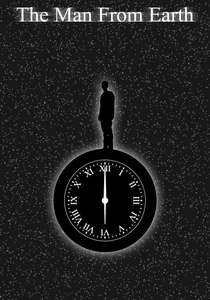
The Man from Earth (2007)
Description: A low-budget sci-fi film that explores deep philosophical questions about immortality, history, and human nature through dialogue-driven storytelling.
Fact: The entire film was shot in just a few days, primarily in one location. It was written by Jerome Bixby, who also contributed to the original 'Star Trek' series.
 Watch Now
Watch Now 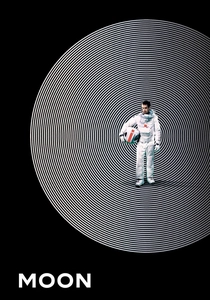
Moon (2009)
Description: A psychological sci-fi film that delves into isolation, identity, and the ethical implications of cloning and corporate exploitation.
Fact: The film's special effects were achieved using miniatures and practical effects rather than CGI. It was director Duncan Jones' debut feature film.
 Watch Now
Watch Now 
